Daigas Group has businesses in 3 fields
(As of March 31, 2025)
We aim to create value for a sustainable future and evolve as an aggregate of multiple businesses through expansion into new global fields. We will strive to achieve that by leveraging our capital with strengths and our expertise in the three core business segments: the Domestic Energy Business, International Energy Business, and Life & Business Solutions Business (LBS).
Natural gas value chain in the domestic/overseas energy business

Natural gas extracted overseas is transported to Japan as liquefied natural gas (LNG) by dedicated tankers, where it is re-gasified at the receiving terminal and sent to customers through pipelines. This series of flows is the natural gas value chain. Depending on the process, we call it "upstream business" or "midstream and downstream business," and the Daigas Group is building a natural gas value chain overseas just like it is doing in Japan.
- Domestic Energy Business
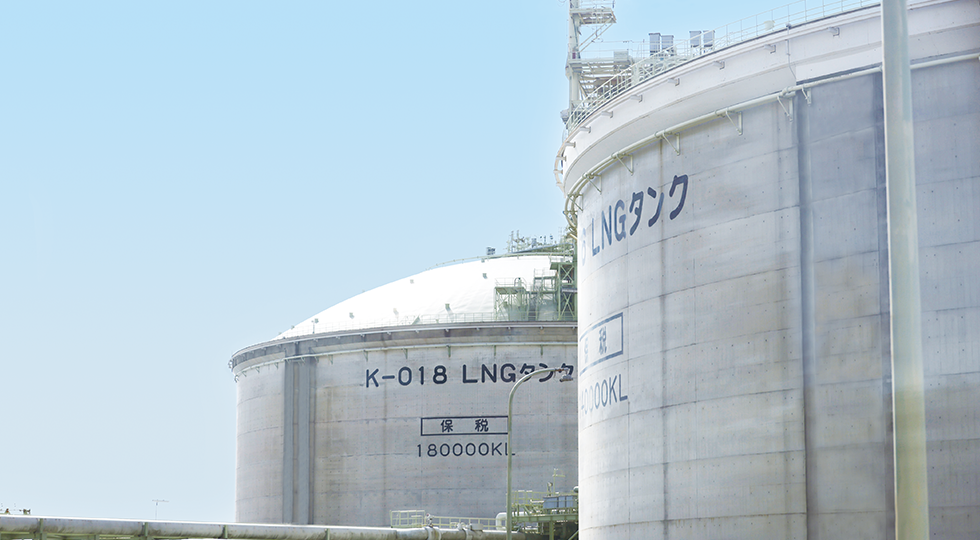
We are responsible for the operation and maintenance of gas manufacturing plants, as well as the development, operation, maintenance, and management of thermal power plants and renewable energy power plants.
In addition to providing a wide variety of energy sources such as low-carbon LNG and CO2-free electricity, we create environmental value through technological development aimed at realizing a low-carbon and decarbonized society, including engineering projects and plant design.
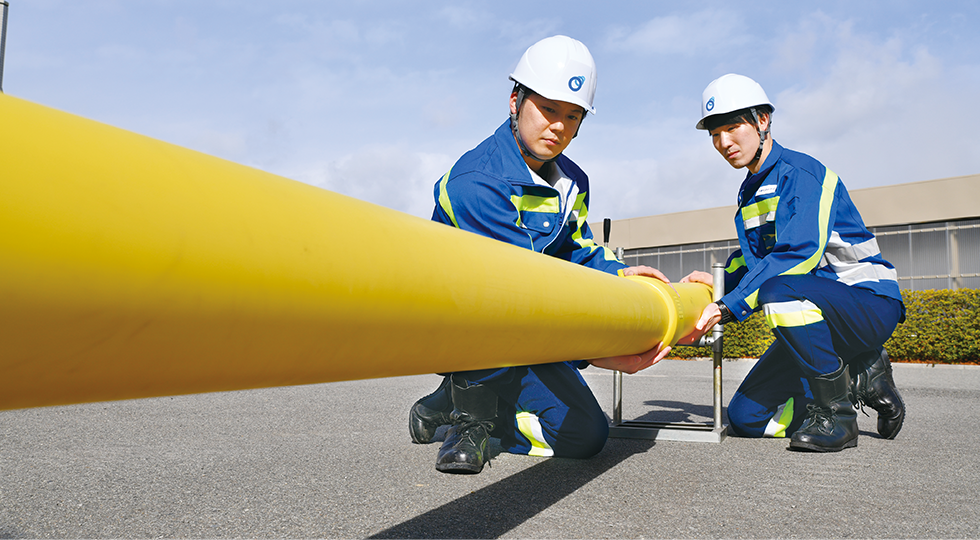
Osaka Gas Network Co., Ltd.*has established a solid network of city gas supply and a complete security system, and by deepening our expertise and utilizing cutting-edge digital technology, we are delivering city gas safely and securely.
*Established on April 1, 2021 as a preparatory company for the spin-off in 2022.

We develop advanced products and services including energy for residential, commercial, and industrial customers, and expand sales of such products and services, thereby co-creating diverse advanced solutions for our customers.

We are diversifying our LNG procurement sources and price indexes to ensure a stable supply of LNG to our customers both in Japan and overseas.
- International Energy Business
We are growing and expanding our international business mainly in the United States, Asia, and Oceania.
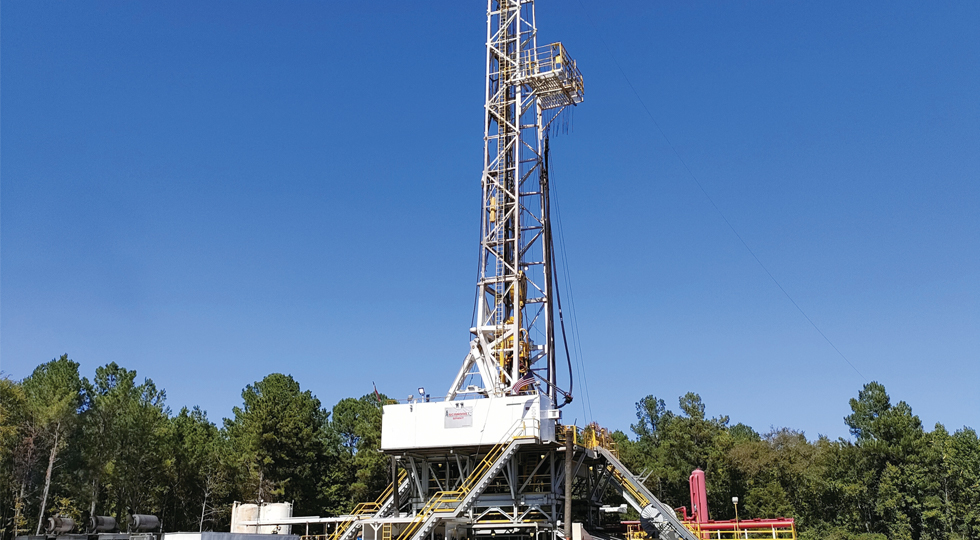
We are working to increase production and profits through gas field projects, including with the U.S. shale gas development company (Sabine Oil & Gas Corporation).
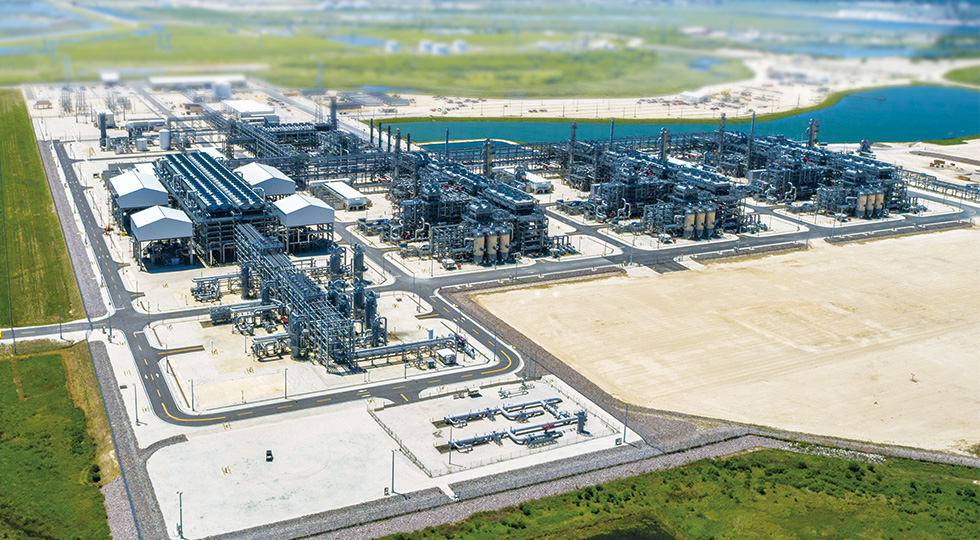
Utilizing know-how we have cultivated in Japan, we are participating in overseas power generation projects, LNG terminal projects, energy service projects, and more.
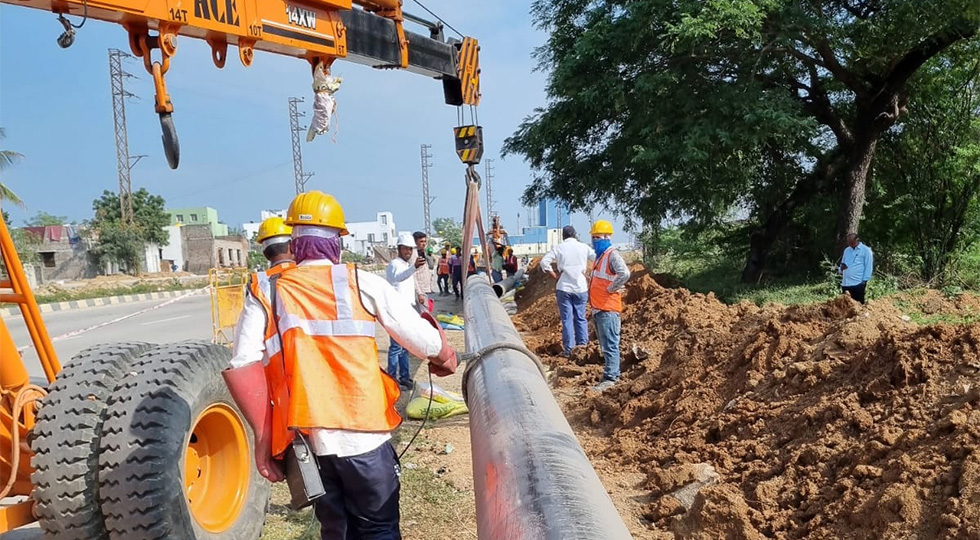
Utilizing the experience and strengths we have cultivated in the domestic city gas business, we are working to expand sales by promoting the development of city gas infrastructure. We are also involved in renewable energy projects, contributing to the economic development and the transition to low-carbon energy in Asian countries.
- LBS Business
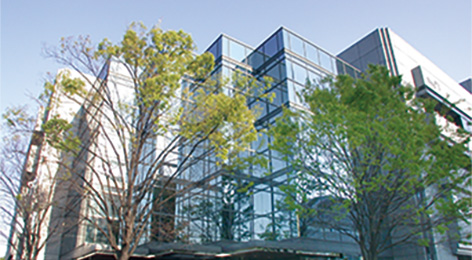
We roll out real estate businesses, which extends widely to include the development of properties such as condominiums for sale and rent, office buildings, and logistics facilities, as well as their operation and management, and the sale of properties to private REITs.
Osaka Gas Urban Development Co., Ltd.
Our information technology business traces back to developing and managing systems for the Group’s businesses. We have enhanced our technological capabilities through M&A, and now support digitalization by providing total solutions that meet both internal and external needs through IT consulting, systems development, operations management, data analysis, and more.
OGIS-RI Co.,Ltd.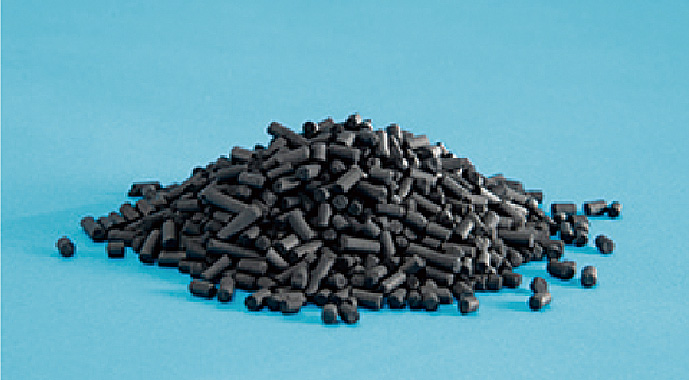
We leverage the company’s accumulated coal chemistry technologies (such as the application of by-products from gas production using coal as a raw material) to conduct research and development, manufacture, and sale of high functional materials such as fine materials, preservatives, carbon materials, and activated carbon, we are expanding our business both in Japan and overseas.
Osaka Gas Chemicals Co., Ltd.








